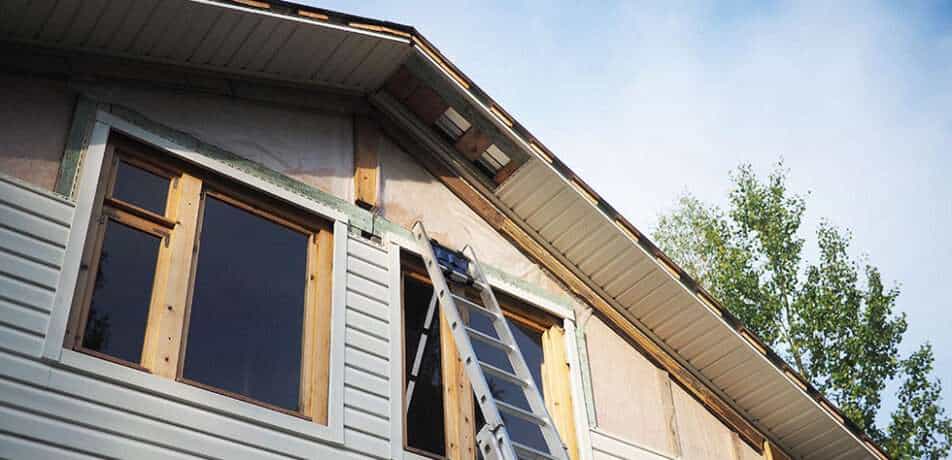
Hot Weather in Summer Botches Vinyl Siding Installations
Vinyl is the most commonly used material for siding installation and replacement. Vinyl, if you know, is a plastic product and reacts to heat and sun exposure just like any other plastic product. High summer temperatures can cause the vinyl to melt, messing up its shape and ruining its curb appeal. Even if it doesn’t melt, vinyl expands quite a bit in hot weather. A vinyl strip installed in the summer can be as much as five-eighths of an inch longer than in winter. That means its expansion can cause the vinyl to buckle against window casings and break or fall off.
Winter Temperatures Cause Issues of Their Own for Siding Installations
When the weather is cold and freezing, vinyl sidings can contract and become brittle. As such, it is very easy to nail them on too tight when they contract. And they can also break or crack during installation because they’re too brittle due to the cold weather. Installing siding in cold weather will give you many wasted panels that the installation company is definitely not going to foot the bill for.
Moisture in Spring Can Put a Damper on Your Siding Installation Plans
Spring is definitely not a good time for siding installation. Suppose a sudden rainstorm appears and your contractor has to take a break in the middle of work – your walls are now exposed to the rain shower and can contract mold due to the dampness. Moldy buildings are a health hazard, with the severe cases known as “sick building syndrome.” This not only affects your health in devastating ways but also gives you a costly restoration project to take care of.
Fall Installation Can Have Discounted Labor and Material Rates
During the fall season, you can get significant discounts in terms of labor and material for your home renovation project. Vast stocks of siding materials go on sale in the fall as new winter stock comes in. In addition, contractors also tend to have more time on their hands and offer lower rates when they have fewer projects on their hands. It also means that your siding installation will be given more attention in the fall than in other seasons.
Fall Installation Helps Prepare for Winter
Installing siding in the fall can help seal gaps in old sidings and add a wrap to your home to reduce heat loss in winters. This wrap can significantly reduce your heating bill as well, giving you better energy efficiency.

